The Real OGs Of Language
Languages are like time travelers in disguise. Some arrive on the scene all shiny and new, barely out of linguistic kindergarten. Others? They've seen empires rise, fall, and still lived to see tomorrow. So, let’s take a look at 20 of the oldest languages that are miraculously still spoken today, proving that some things only get better with centuries.
1. Tamil
Tamil is one of the most enduring languages in the world, with a history that spans more than 2,000 years. This Dravidian language has evolved alongside the rich cultures of southern India and Sri Lanka, bearing witness to centuries of dynasties, literature, and philosophical thought.
 Shivz Photography on Wikimedia
Shivz Photography on Wikimedia
2. Chinese (Mandarin)
Chinese, especially Mandarin, is a language that effortlessly blends millennia of history with modern life. Emerging from the ancient Shang Dynasty around 1250 BCE, it’s a symbol of continuous cultural evolution. Plus, Mandarin’s written characters were once carved onto oracle bones for divination.
3. Greek
Originating around 1450 BCE, this language has not only been a vehicle for communication but also a foundation for Western thought and philosophy. Ancient Greek philosophers like Socrates and Aristotle used this language to shape the way we think about ethics, metaphysics, and politics today.
4. Aramaic
Aramaic was the everyday language of ancient Mesopotamia, spoken by Jesus Christ himself. This Semitic language dates back to 1100 BCE and still survives in small communities in Syria and Iraq. Remarkably, Aramaic has witnessed the rise and fall of empires and remains resilient throughout history.
5. Hebrew
Once thought to be fading from everyday use, Hebrew experienced a powerful revival in the 19th century. Spoken for over 3,000 years, it’s the original language of the Bible. Today, more than 9 million people speak it—mostly in Israel—showing how a language can adapt through centuries and still remain deeply relevant.
6. Arabic
Arabic's influence spans over 1,500 years. It grew alongside the expansion of Islam and the Arabic Empire. Its script, known for its flowing, artistic beauty, is a reflection of the culture it represents. Over time, Arabic became a lingua franca across the Middle East and North Africa.
7. Persian (Farsi)
This one is a language steeped in poetry, art, and philosophy, with its origins dating back to around 600 BCE. The language has undergone changes over the centuries, evolving from Old Persian to Modern Farsi, yet its poetic soul remains unchanged.
 Mtdashti at English Wikipedia on Wikimedia
Mtdashti at English Wikipedia on Wikimedia
8. Basque
Unlike most other European languages, Basque is a language isolate, which means it has no relation to any other language. Spoken in the Basque Country, a region straddling Spain and France, Basque has existed in its own unique space for thousands of years.
 Nafarroako Gobernua - Gobierno de Navarra on Wikimedia
Nafarroako Gobernua - Gobierno de Navarra on Wikimedia
9. Icelandic
Icelandic is often described as the closest living language to Old Norse, unchanged for over 1,000 years. This has allowed Icelanders to read classic sagas like The Saga of the Volsungs in their original form, a feat impossible for many speakers of other languages whose modern variants have evolved drastically.
10. Vietnamese
With origins around the 3rd century CE, Vietnamese has developed over millennia. While it has absorbed influences from Chinese, French, and other languages over time, Vietnamese still carries with it the unique linguistic elements that make it distinctly Southeast Asian.
11. Irish Gaelic
Irish Gaelic, with origins in the 4th century, is one of the oldest languages in Europe. Once the primary language spoken throughout Ireland, it has survived centuries of invasions and colonization. Today, it is taught in schools and used in official documents, maintaining its importance in both public and private life.
 Publication from 1894, copyright expired on Wikimedia
Publication from 1894, copyright expired on Wikimedia
12. Tigrinya
Spoken by over 9 million in Eritrea and Ethiopia, Tigrinya is a language that dates as far back as the 4th century CE. This ancient Semitic language holds the key to understanding the region’s cultural and historical heritage. Interestingly, its scripts are among the oldest still in use today.
13. Georgian
Georgian is one of the oldest languages in the Caucasus region, with its roots stretching back to the 5th century. It’s a member of the Kartvelian language family, which is unique to the region, and it has survived numerous invasions and foreign rule.
14. Telugu
With a script that is distinct and beautifully complex, Telugu is known for its classical literature, including poetry and music. This language has evolved over centuries, influenced by various dynasties, but it has retained its original charm.
15. Bengali
Bengali (since the 16th century) is a language of poetry, art, and intellectual thought, with figures like Rabindranath Tagore writing in Bengali and shaping the literary world. Bengali is the key language of Bangladesh, and it has a rich tradition of classical music, dance, and drama.
 Rabindranath Tagore on Wikimedia
Rabindranath Tagore on Wikimedia
16. Amharic
Amharic is the main language of Ethiopia, spoken by over 32 million people. It dates back to the 4th century CE and is distinctive for its Ge'ez script. This fascinating language holds the stories of Ethiopia’s rich history, including the ancient Kingdom of Aksum.
 none; publisher is The Church of Jesus Christ of Latter-day Saints on Wikimedia
none; publisher is The Church of Jesus Christ of Latter-day Saints on Wikimedia
17. Odia
This is one of the classical languages of India and has a long tradition of literature and culture. The language’s early literary works include epic poems and plays that highlight its rich cultural heritage. Odia also has a unique script, which has been preserved through generations of writing.
 Government of Odisha on Wikimedia
Government of Odisha on Wikimedia
18. Korean
Korean traces its origins back to the early centuries of the first millennium. Though its written form has evolved greatly, the core structure of the language remains deeply tied to its ancient roots. It’s a blend of tradition and modernity, showing how a language can grow while honoring its past.
19. Sinhala
Sinhala is the language of Sri Lanka’s majority ethnic group, the Sinhalese, and it dates back to the 5th century BCE. Sinhala is not only a spoken language but also a written one, with a script derived from ancient Brahmi characters.
20. Punjabi
With over 125 million speakers, Punjabi has linguistic origins going back to the 11th century CE. It’s an official language in both India and Pakistan, and its influence is seen in one of the world’s largest religious communities—Sikhism.
KEEP ON READING
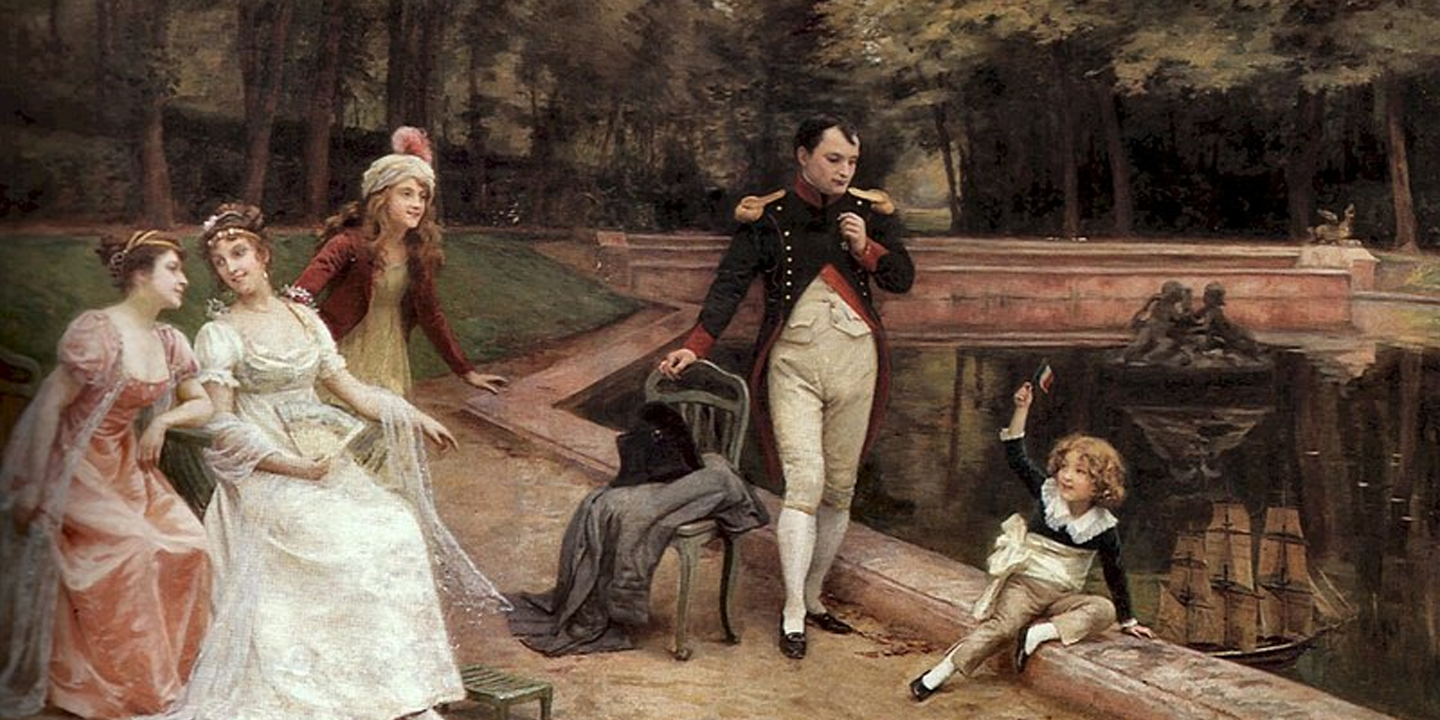
The 20 Most Recognized Historical Figures Of All Time
The Biggest Names In History. Although the Earth has been…
By Cathy Liu Oct 4, 2024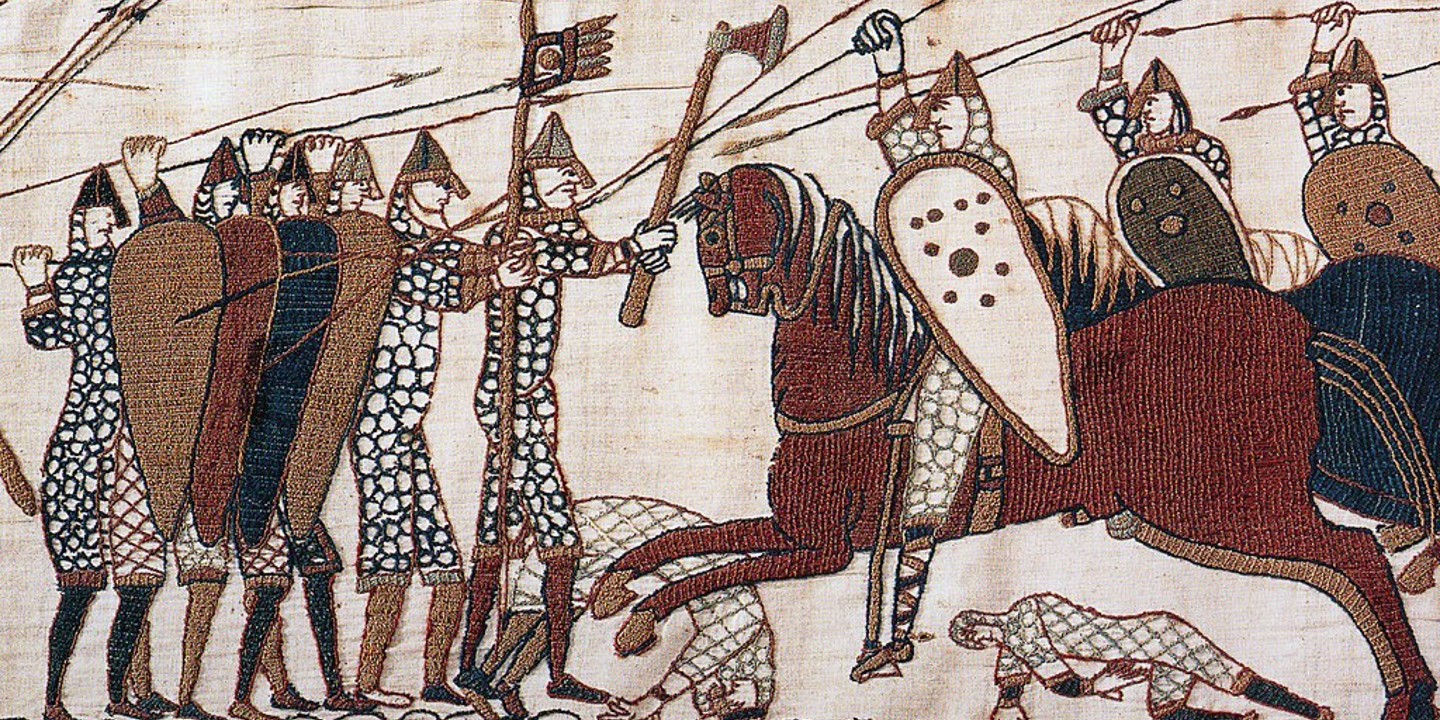
10 of the Shortest Wars in History & 10 of…
Wars: Longest and Shortest. Throughout history, wars have varied dramatically…
By Emilie Richardson-Dupuis Oct 7, 2024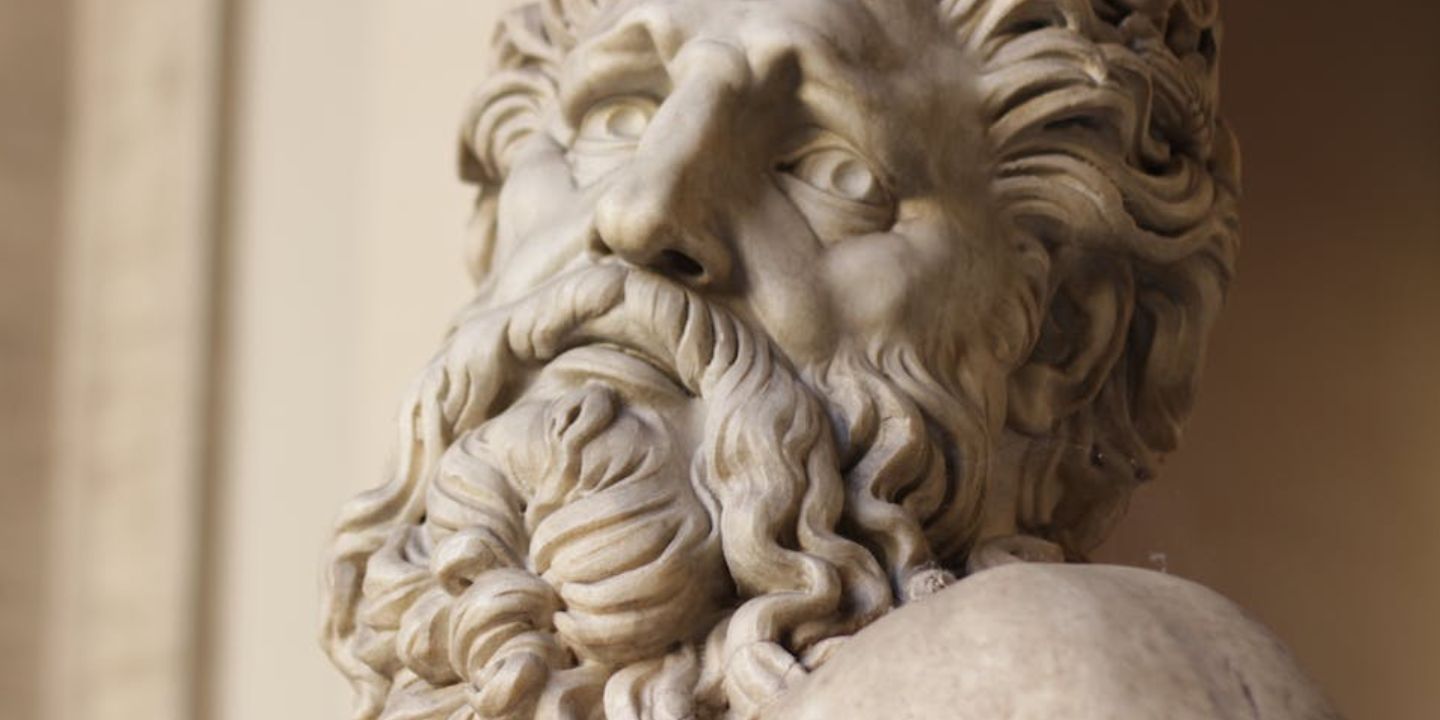
10 Fascinating Facts About Ancient Greece You Can Appreciate &…
Once Upon A Time Lived Some Ancient Weirdos.... Greece is…
By Megan Wickens Oct 7, 2024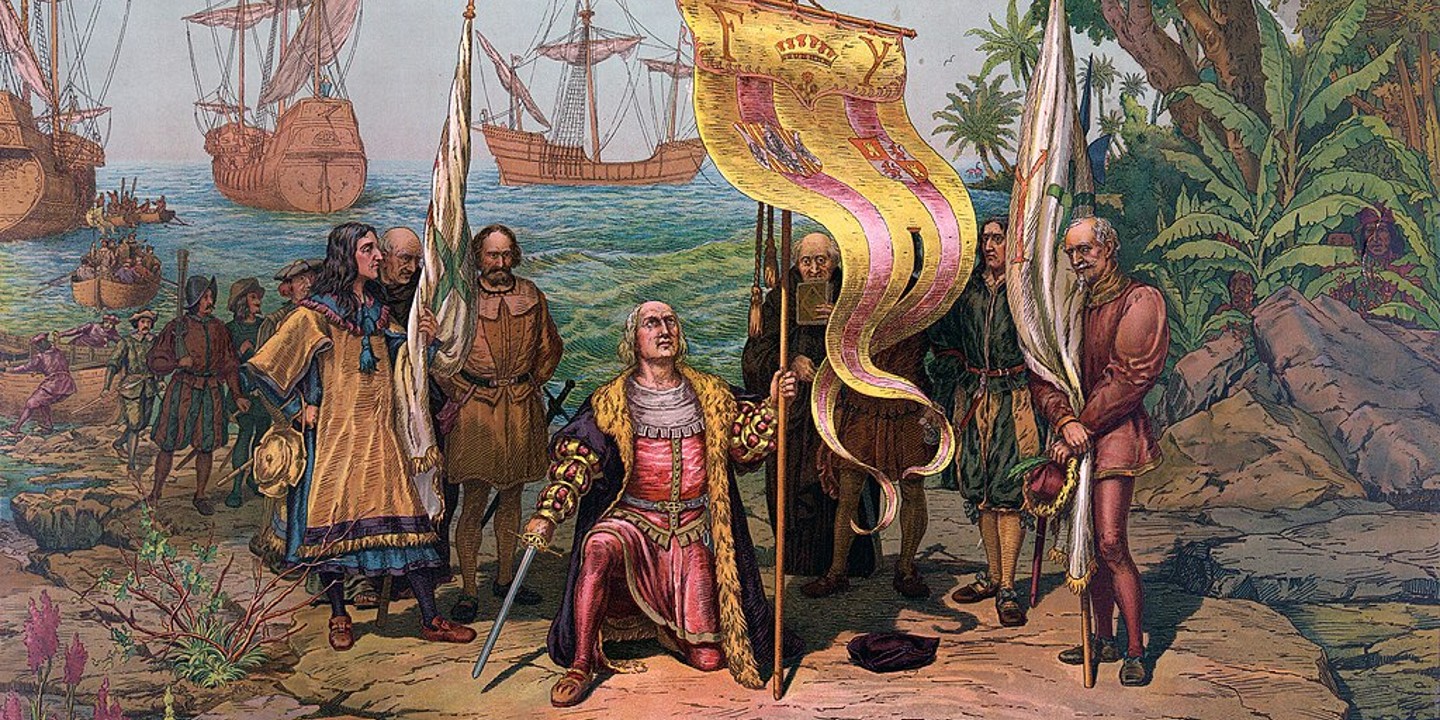
20 Lesser-Known Facts About Christopher Columbus You Don't Learn In…
In 1492, He Sailed The Ocean Blue. Christopher Columbus is…
By Emilie Richardson-Dupuis Oct 9, 2024
20 Historical Landmarks That Have The Craziest Conspiracy Theories
Unsolved Mysteries Of Ancient Places . When there's not enough evidence…
By Megan Wickens Oct 9, 2024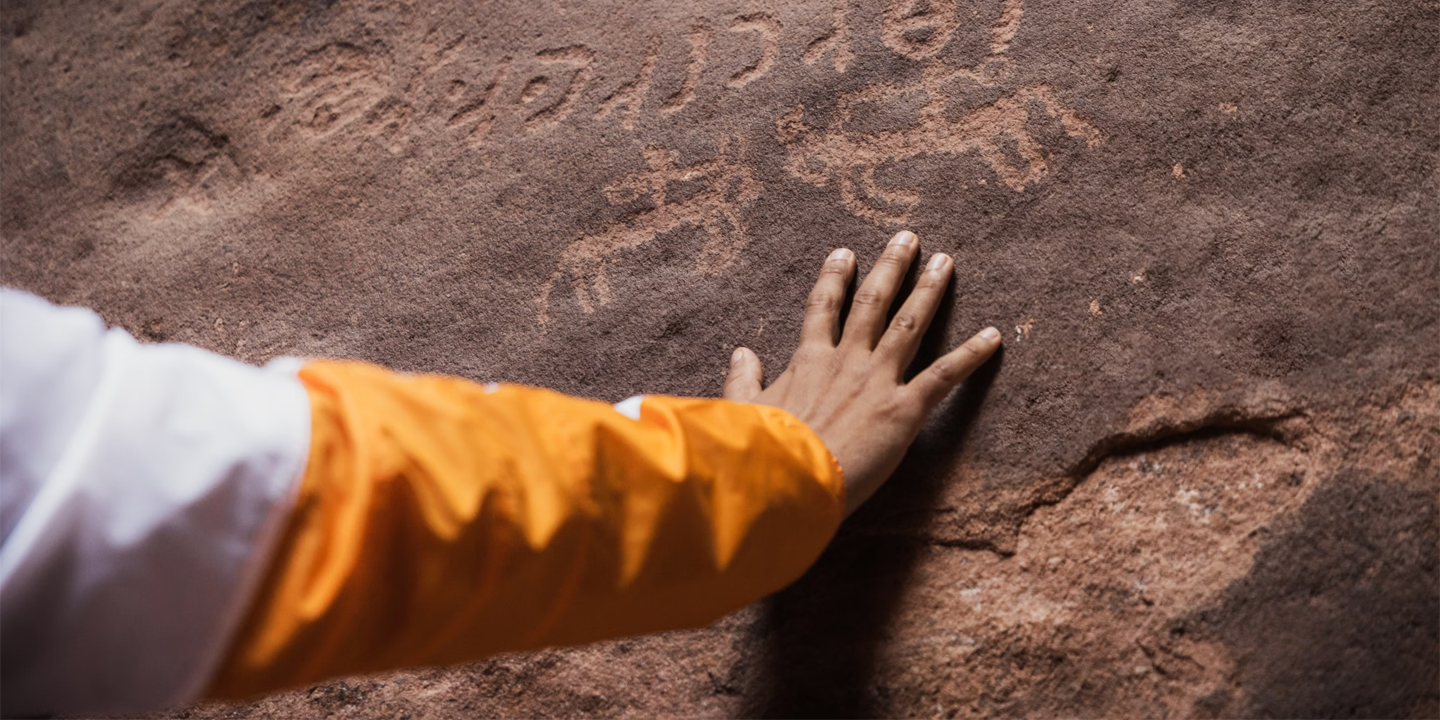
The 20 Craziest Inventions & Discoveries Made During Ancient Times
Crazy Ancient Inventions . While we're busy making big advancements in…
By Cathy Liu Oct 9, 2024














